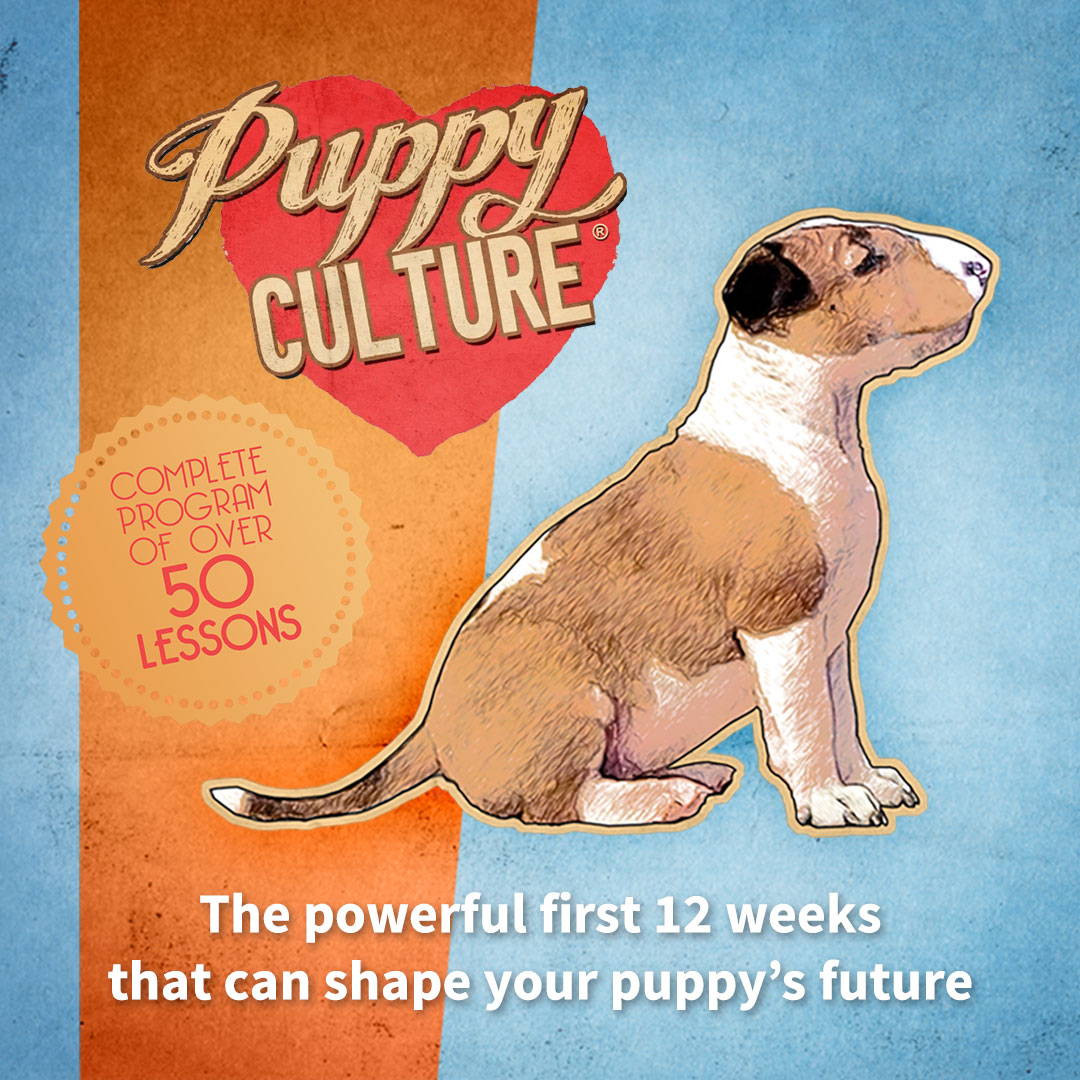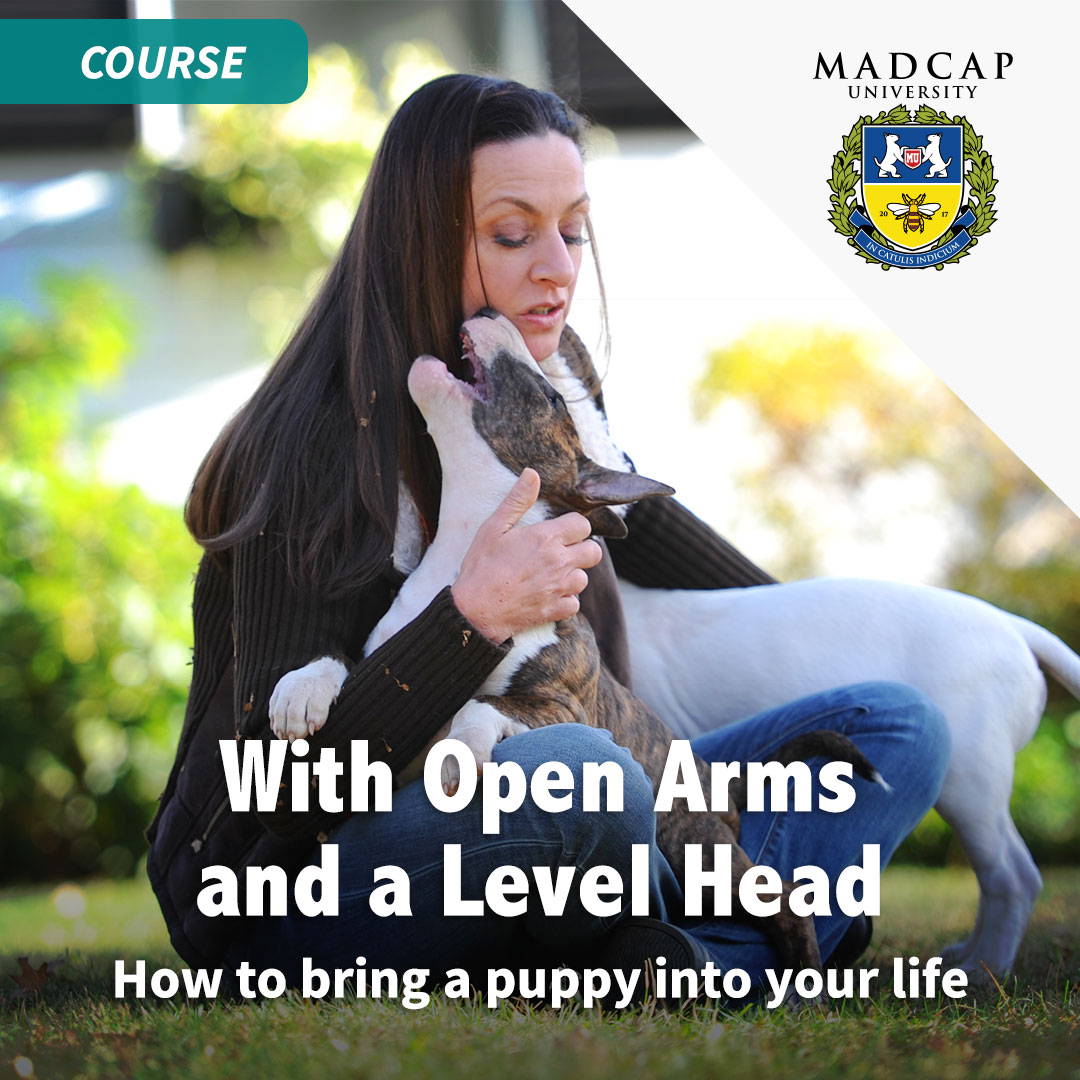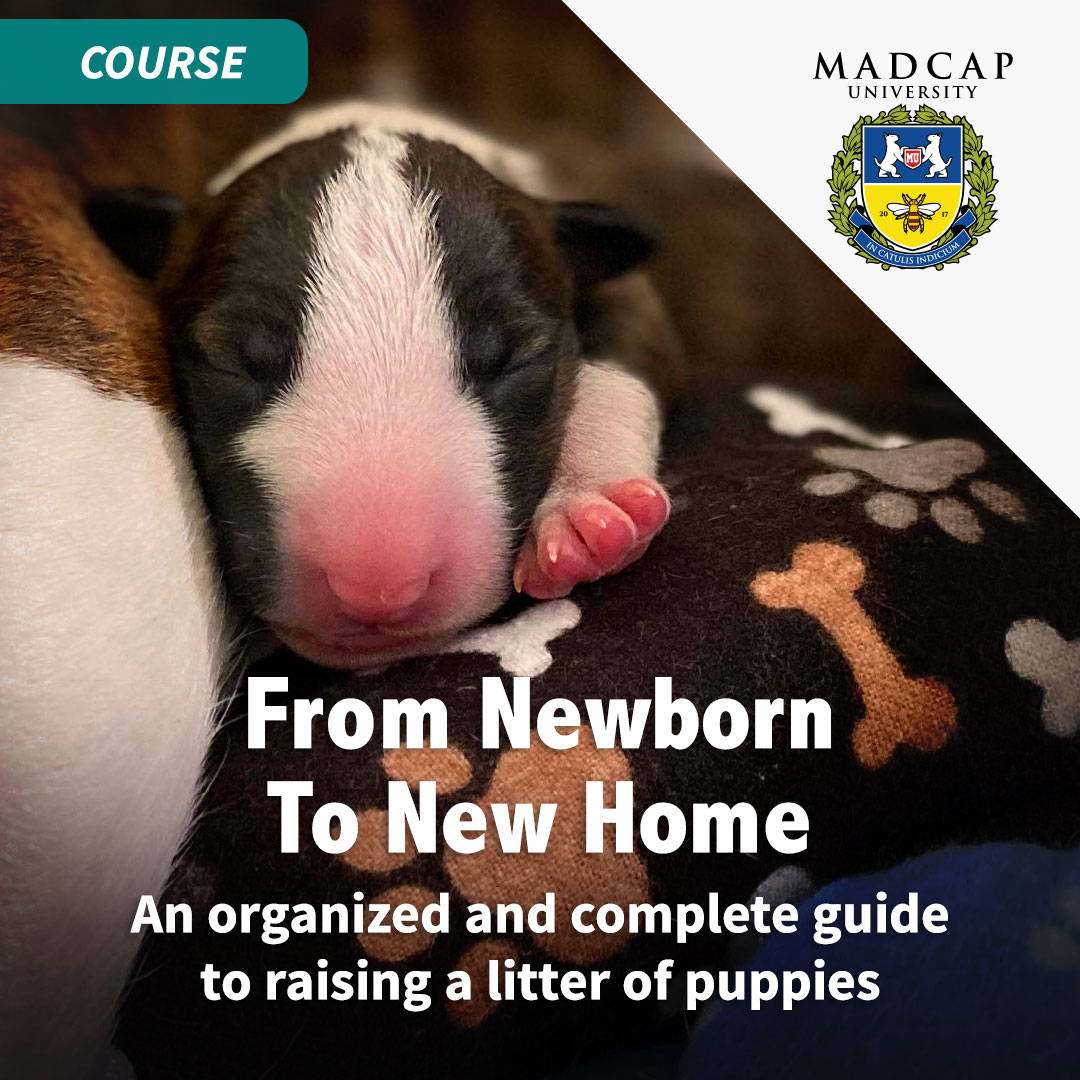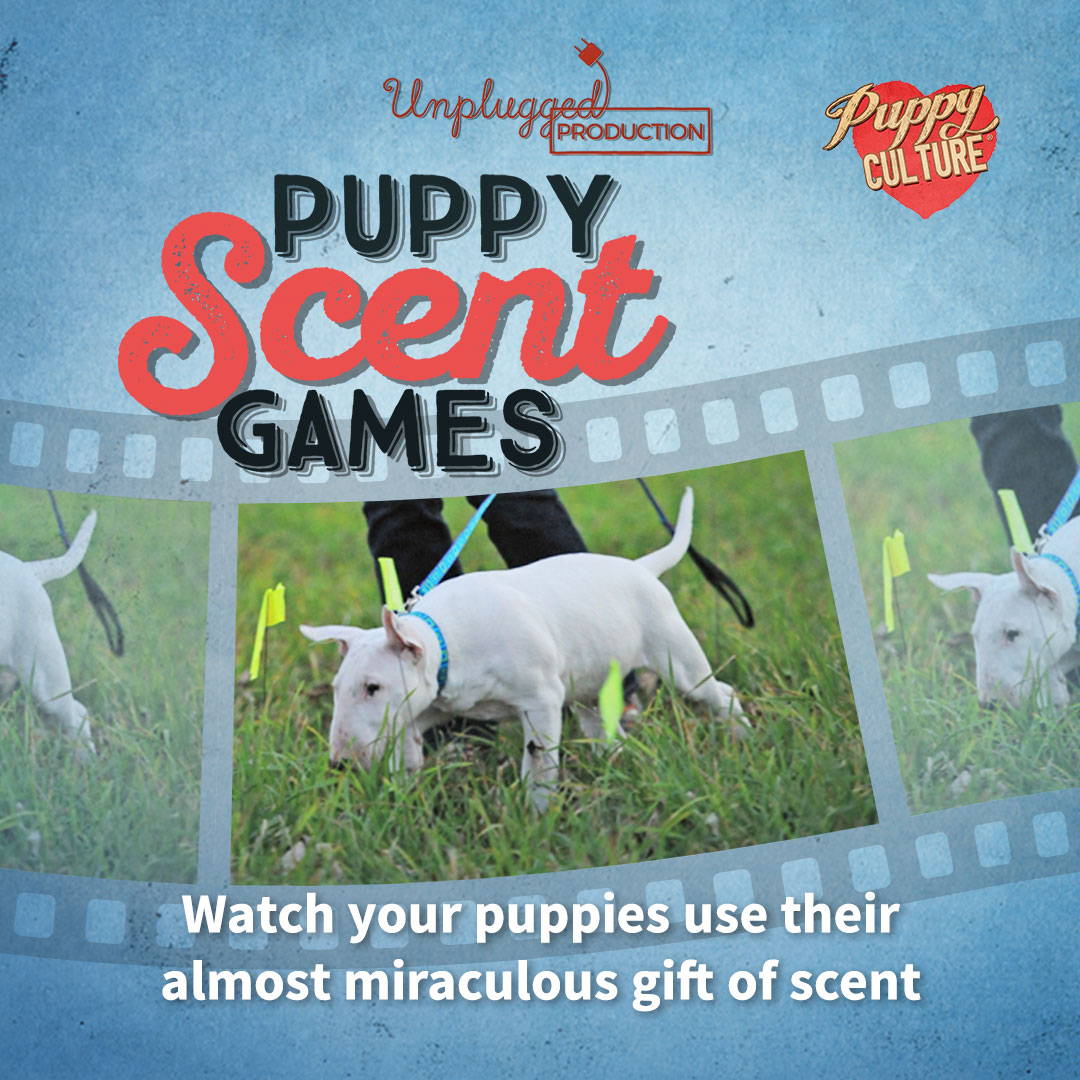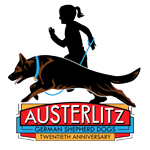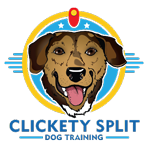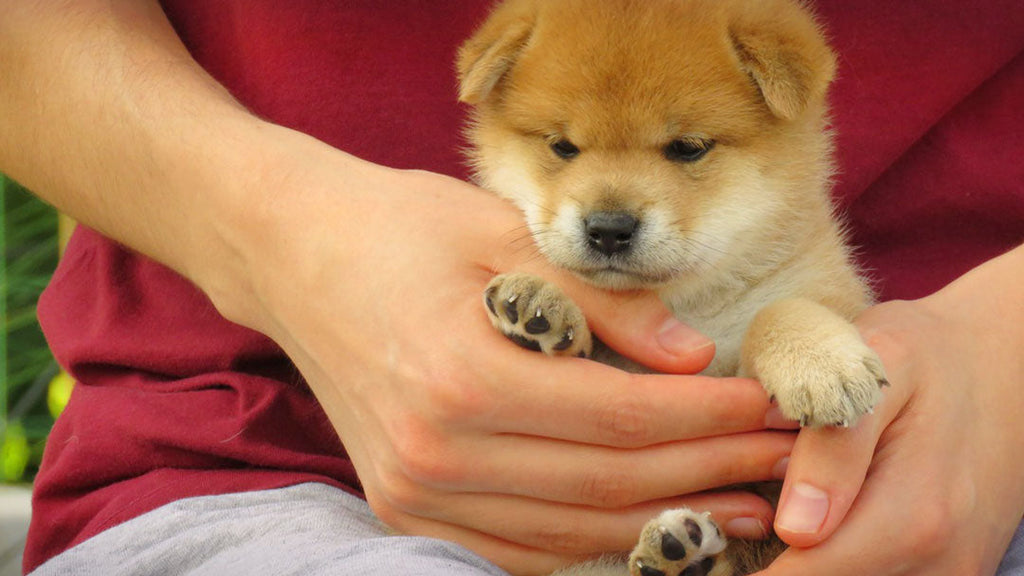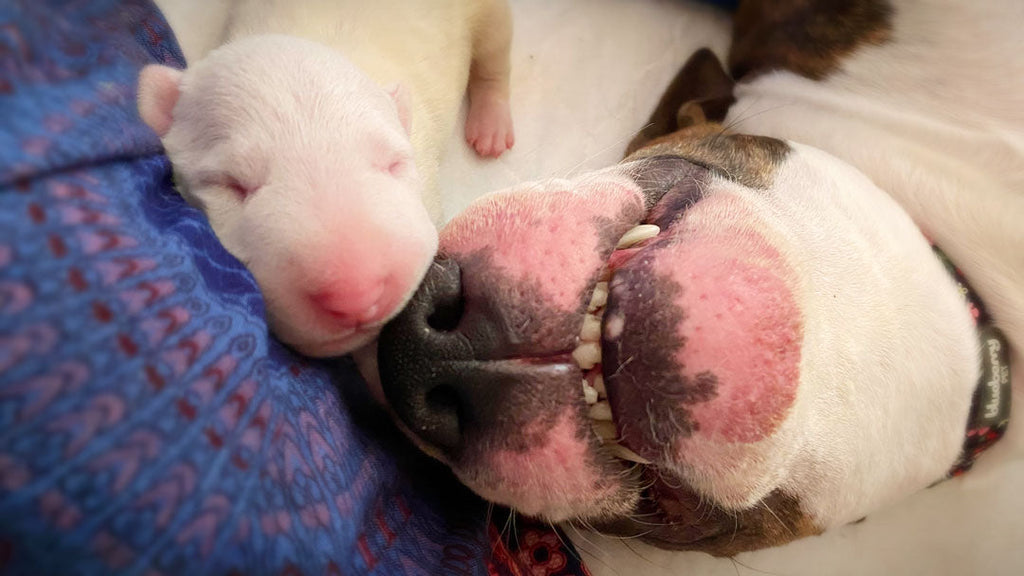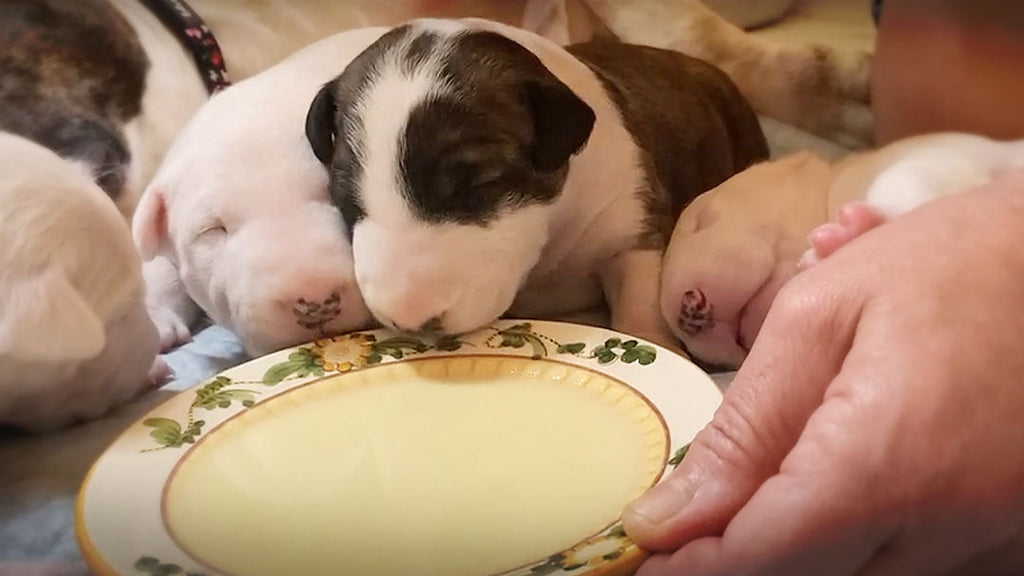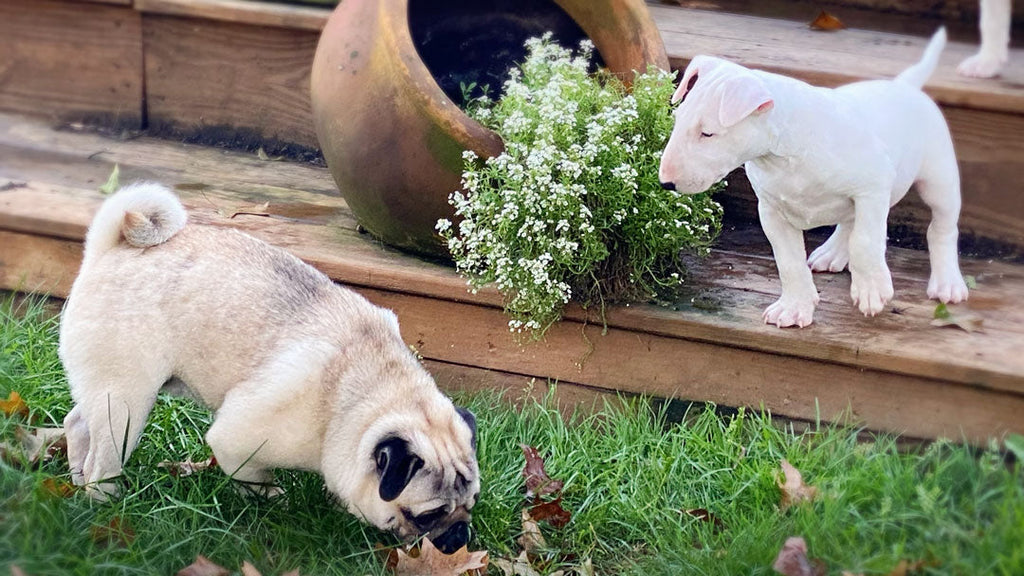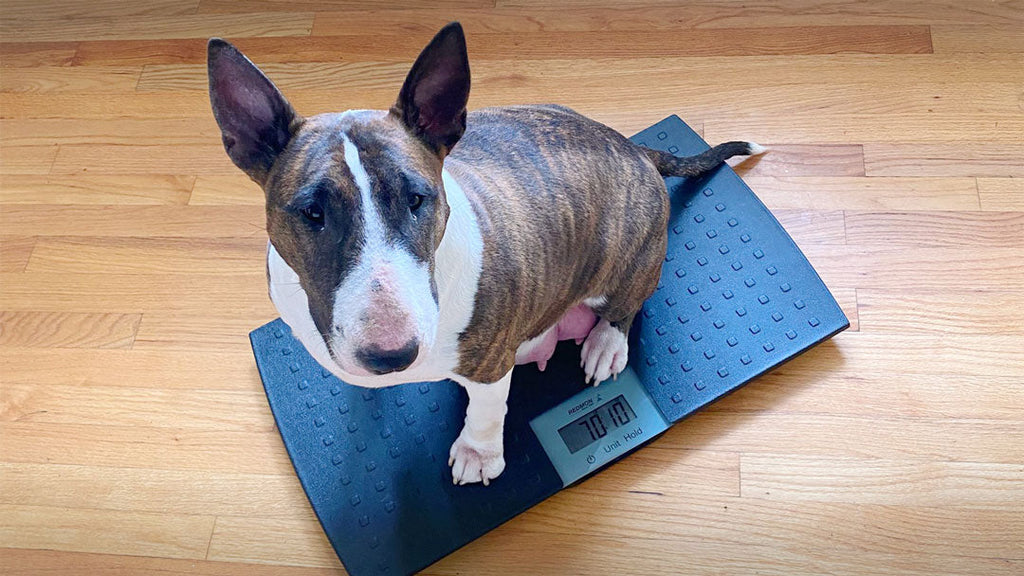Weaning Pen Riots
Managing Littermate Interactions
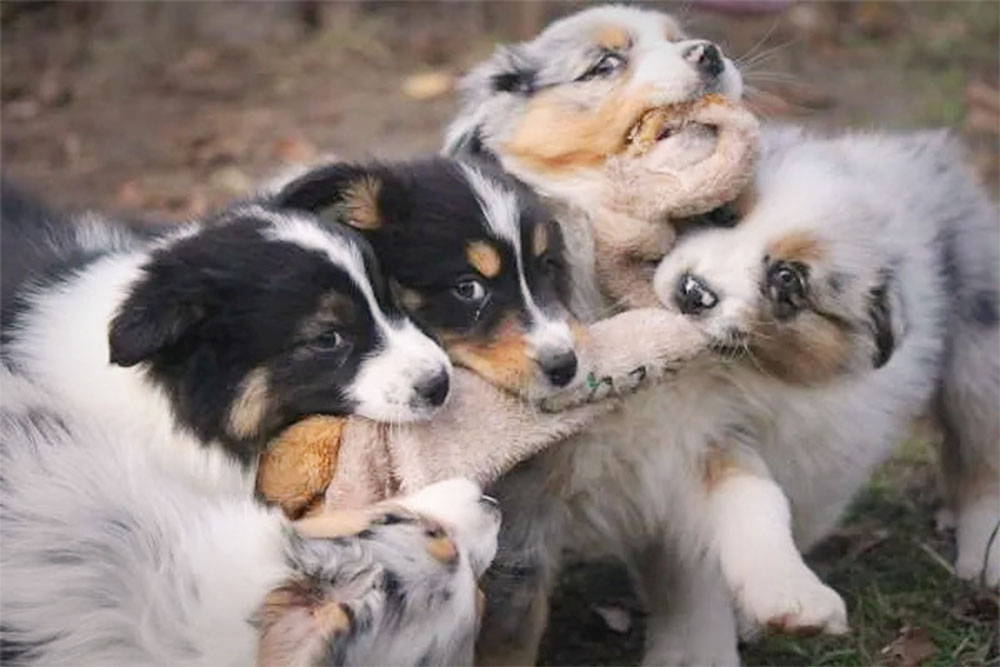
A common cause of concern among breeders is littermate interactions and infighting within the litter. What’s normal? When do we step in? Here’s what I have found in my twenty-two years as a breeder.
Define "Normal"
First, understand that puppies are going to exhibit some degree of conflict between each other as they learn to communicate with and receive communication from their littermates and other dogs. The degree of “normal” conflict will vary depending on breed and even lines within a breed, but all litters will be in conflict sometimes. This is natural, beneficial, and covered quite well throughout Puppy Culture. But, back to the original question, when, as breeders, should we intercede and how?
I get in the middle of things when:
- I sense that a puppy is learning something that won't serve it well (such as aggression as a "go to" behavior option) as an adult.
- When a puppy is being singled out in a way that’s having a negative effect on his behavior.
- A puppy is injuring another puppy.
- I just want a bit of peace and quiet.
A Change of Scenery Will Do You Good: Weaning Pen Modifications
One of the easiest and least invasive ways to change the behavior of any dog is to make changes to the environment. In this way, we can often solve our puppy problem without ever directly interceding. Here are some suggestions:
- Enlarge the Weaning Pen: Often aggression and tension between puppies stops entirely if the weaning pen is enlarged. Increasing space reduces stress and pressure among individuals, common contributors to grumpy quarrelsome puppies.
- Aromatherapy: I might add a DAP diffuser (such as Adaptil) to the area where the puppies are at this point too.
- Break It Down: I have not done this but a good friend would separate her puppies into two random groups on days when they were unable to settle. This worked well for her.
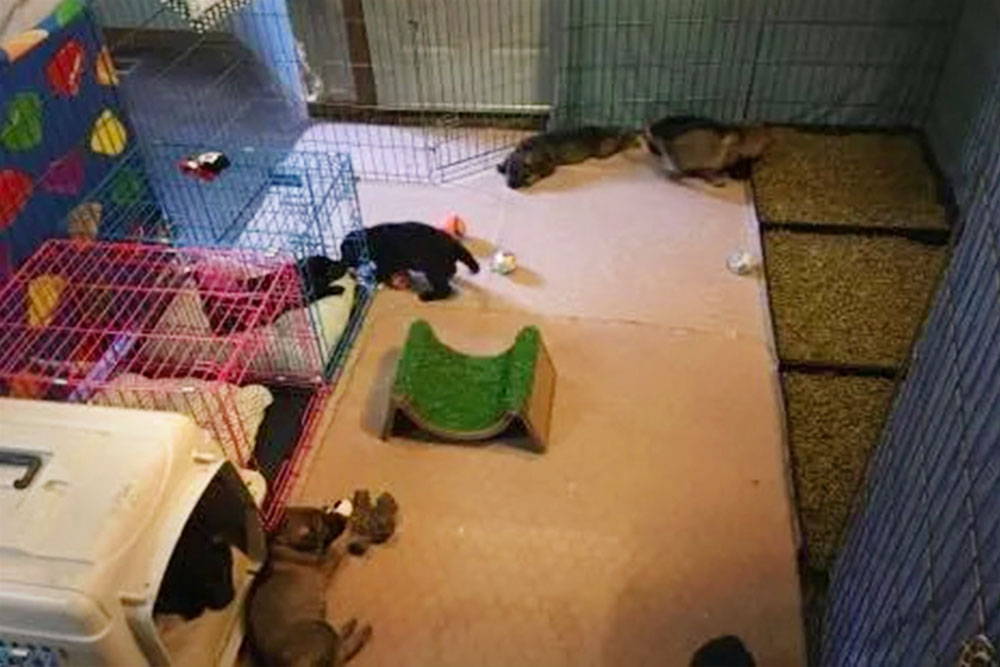
Here is my Week 5 weaning pen; the puppies are doing well with finding their litter box and getting into it in time to void, but the area isn’t very big and there is a bit of squabbling, and not much room for the growing puppies to get out of each other's way.

So, at Week 6, I enlarge the weaning pen to almost maximum size for the space available. The litter box hasn't moved so the puppies can still find it easily, but the other side now has enough crates for each puppy (more on that later) and there is lots of room for the puppies to play, rest, void, and also avoid each other. Tension went down and I had more peace!
They Can't Fight If They're Doing Something Else: Passive Enrichment
By upping our Passive Enrichment game we can reduce tension among puppies. Some ideas:
- Puppy safe puzzles and games.
- Kibble dispensers - I like Kibble Nibbles and Wobblers for young puppies, but there are a huge variety of puppy safe kibble dispensers, so invest in as many as you can.
- Rotate toys regularly.
- In a particularly quarrelsome group of puppies I would give them a newspaper every day. The puppies would spend an hour or two shredding it and my bickering puppies became angels.
- I’ve also put all my clean whelping rags in a kiddie pool. The puppies played for an hour with this and then napped for two!
- Exciting “jackpots” like a small pile of hidden kibble or treats tucked away for them to find.
- Boxes are great, too.
Tip: You don’t have to go broke buying new toys for your puppies to keep the level of novelty up. As I’ve mentioned, there are lots of “found” items you can use. Another tip is to keep three bags of different toys and change them out periodically. A toy that a puppy had not seen for a week is magically new again!
The secret to using passive enrichment to decrease tension between puppies is variety and novelty. Studies have shown that, in humans at least, novelty stimulates production of dopamine, a “feel good” chemical in our brains, and also motivates us to explore and learn. By adding new and interesting things to our weaning pen, we can provide our puppies with a beneficial activity, exploration of their environment, instead of hen pecking at each other out of boredom.
Some breeds and even individuals need more novelty than others to keep them occupied, so observe your puppies carefully. If you see signs that typical and desirable puppy play is devolving into fights or bullying, consider removing all the toys and equipment from your weaning pen, replacing it all with some toys, equipment and puzzles the puppies have never seen, or haven't seen for a week, and watch the puppies return to the darling biddies they were before.
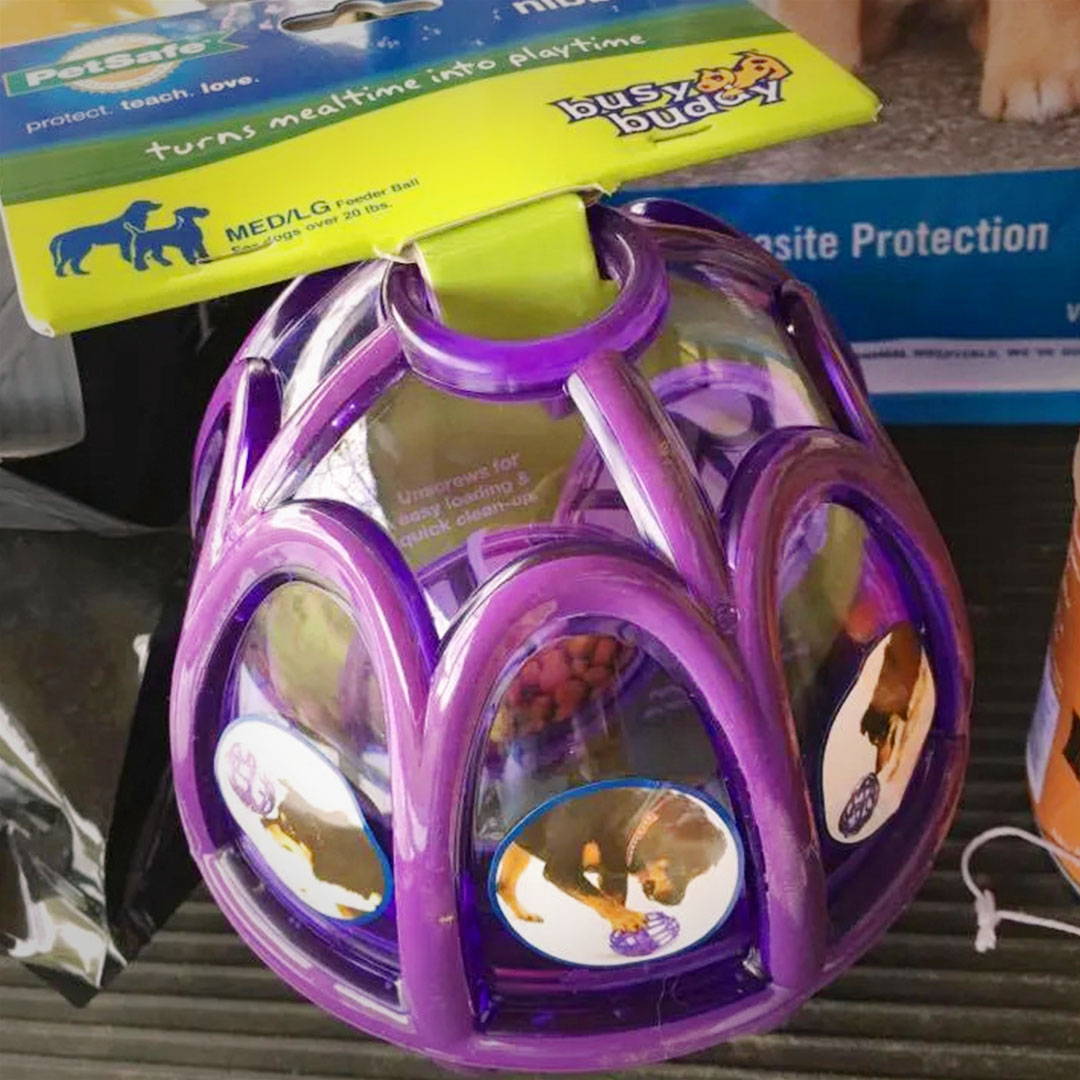
Kibble Nibble is an excellent passive enrichment option. Drop a few of these in with the puppies and watch them work, snuffle, and snarf up some kibble. I find Kibble Nibble to be one of the easiest kibble dispensers for puppies to learn to use, usually between ages 5 and 6 weeks my puppies are old enough to figure this out. But again, lots of different types to choose from! Experiment and see what keeps your puppies busy.
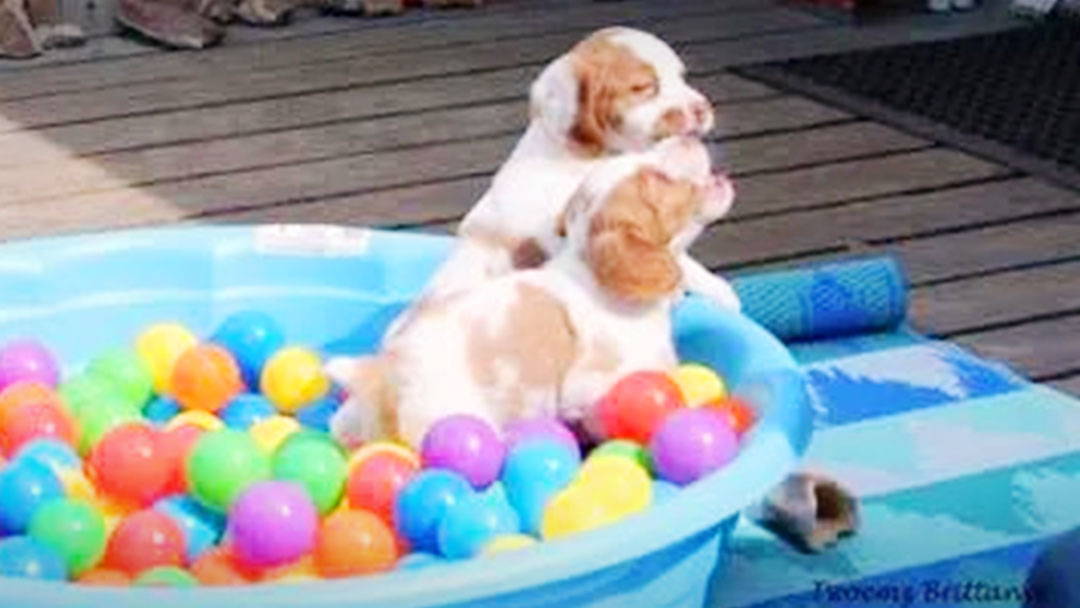
Above: Michele Martin of Twoemz Brittany gives an excellent example of passive enrichment.
Michele Martin of Twoemz Brittany gives an excellent example of passive enrichment.
Above Left: Kibble Nibble is an excellent passive enrichment option. Drop a few of these in with the puppies and watch them work, snuffle, and snarf up some kibble. I find Kibble Nibble to be one of the easiest kibble dispensers for puppies to learn to use, usually between ages 5 and 6 weeks my puppies are old enough to figure this out. But again, lots of different types to choose from! Experiment and see what keeps your puppies busy.
Take Me Out, Coach: Crate and Chew
Often puppies who are starting fights are struggling with their own arousal mediation and fatigue. For these puppies I have great results with increasing my focus on crate naps and crate chew time. Chewing has been found to have a profound effect on reducing stress and can act almost as a “reset button” for overly aroused puppies.
Sometimes removing just one puppy for a chewing session solves a puppy riot and the rest of the litter will settle down. Meanwhile, lowering the excitement of the environment and providing a stress releaser in the form of a chew object helps this type of puppy improve their self-soothing skills. Interestingly, in our observation this seems to stay with the puppy later, even in exciting environments. In this way, not only does the puppy benefit from crate conditioning, but it becomes a gift to the puppy’s new family, as well!
If the entire litter is cranky and tired, removing one puppy is often not enough and the entire litter needs a crate-and-chew session. VERY IMPORTANT: we condition our puppies to the crate from 4 weeks old. If you don’t crate condition your puppies, or if your puppies are not yet at the stage where they can be crated without stressing them, don’t use a crate. Just distribute chew objects to the puppies in the pen, and make sure you put in more than one object per puppy. We suggest putting in one extra item for every two puppies.
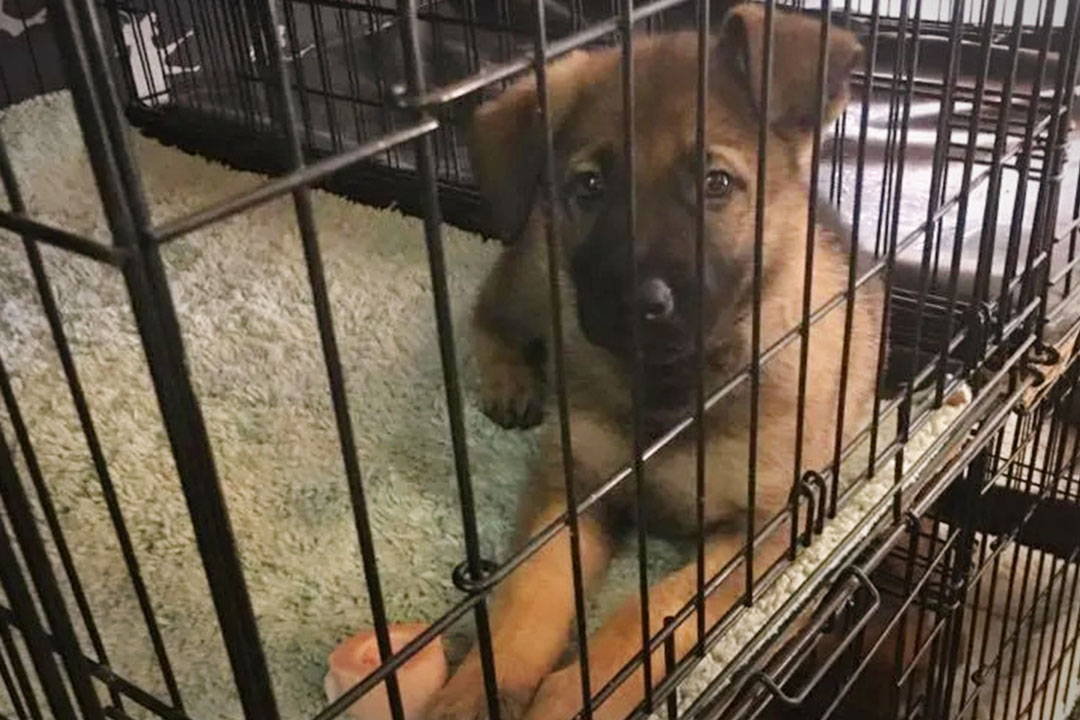
By starting a crate conditioning program early, around 4 to 5 weeks, breeders give themselves an invaluable tool for puppy management.
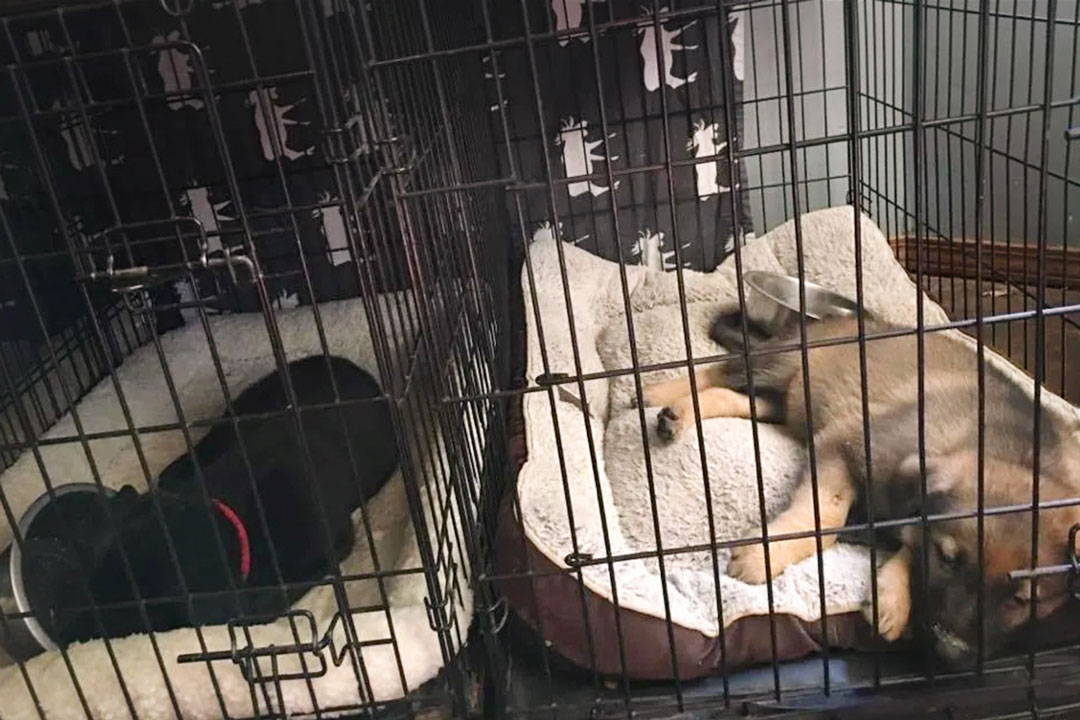
Once puppies are conditioned to enjoy confinement and view it as a behavioral option, they are more easily removed when overly aroused or fatigued.
Use Their Heads: Active Enrichment
When puppies are bickering because they’re bored (as opposed to over-stimulated), nothing settles them down more than a great clicker training session. I always prefer active enrichment such as training to settle bored puppies. I might target those puppies that are having the most trouble self-calming, or I might just do a little longer session with all the puppies than I normally do. Getting away from the group and having one on one training time with a person seems extremely calming to my puppies.
I also find the Scent Games to be particularly tiring and soothing to puppies. Whether you work with a single puppy (perhaps the focal point of the discontent), a group of puppies, or the entire litter, scent training is an excellent tool for calming a frantic mind.
Tip: I regulate the length of my training sessions by counting out how many treats I will use beforehand. If my puppies seem to need more mental stimulation, I may add an extra 10 treat session for each puppy.
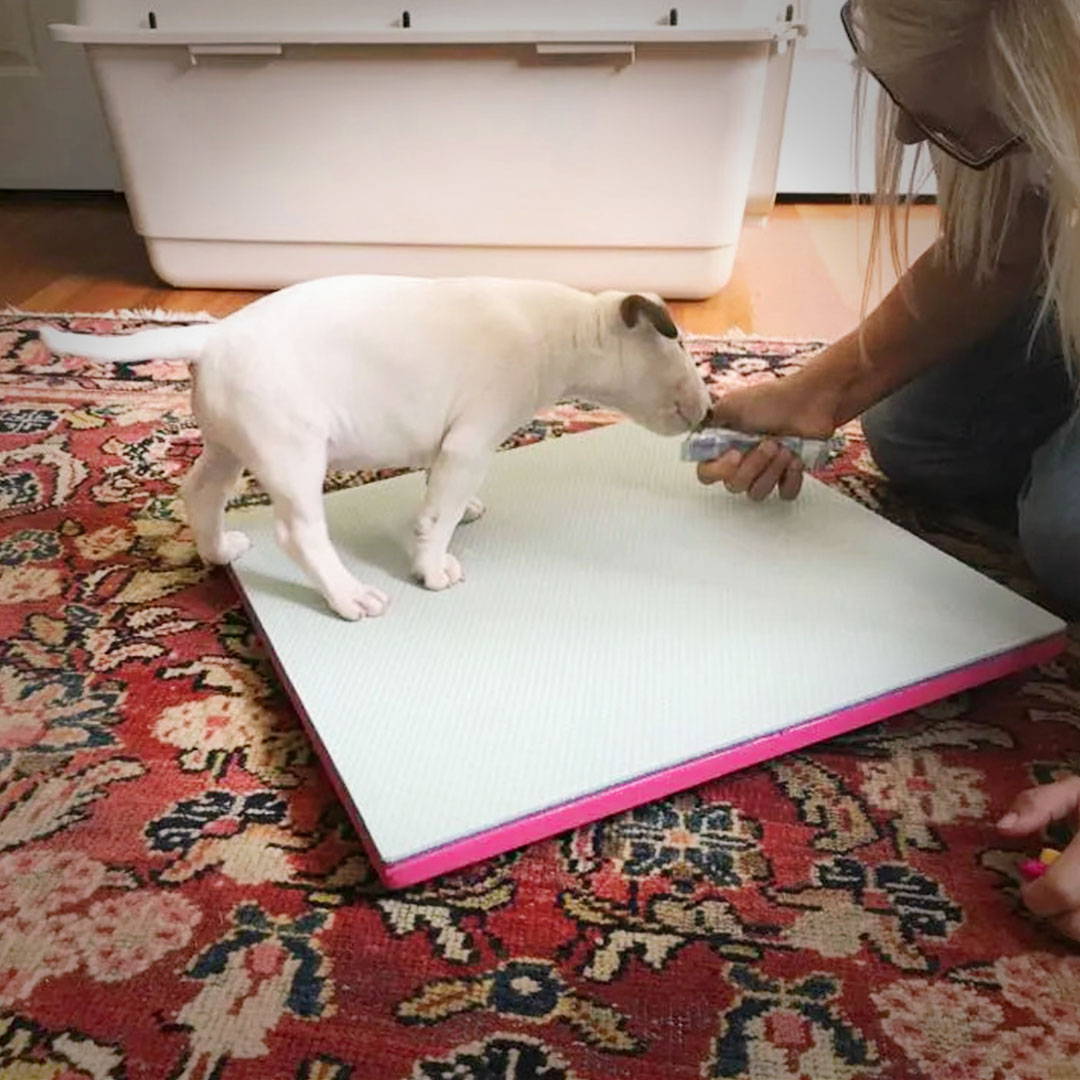
Shaping a puppy onto a wobble board is an excellent way to calm a fractious puppy!
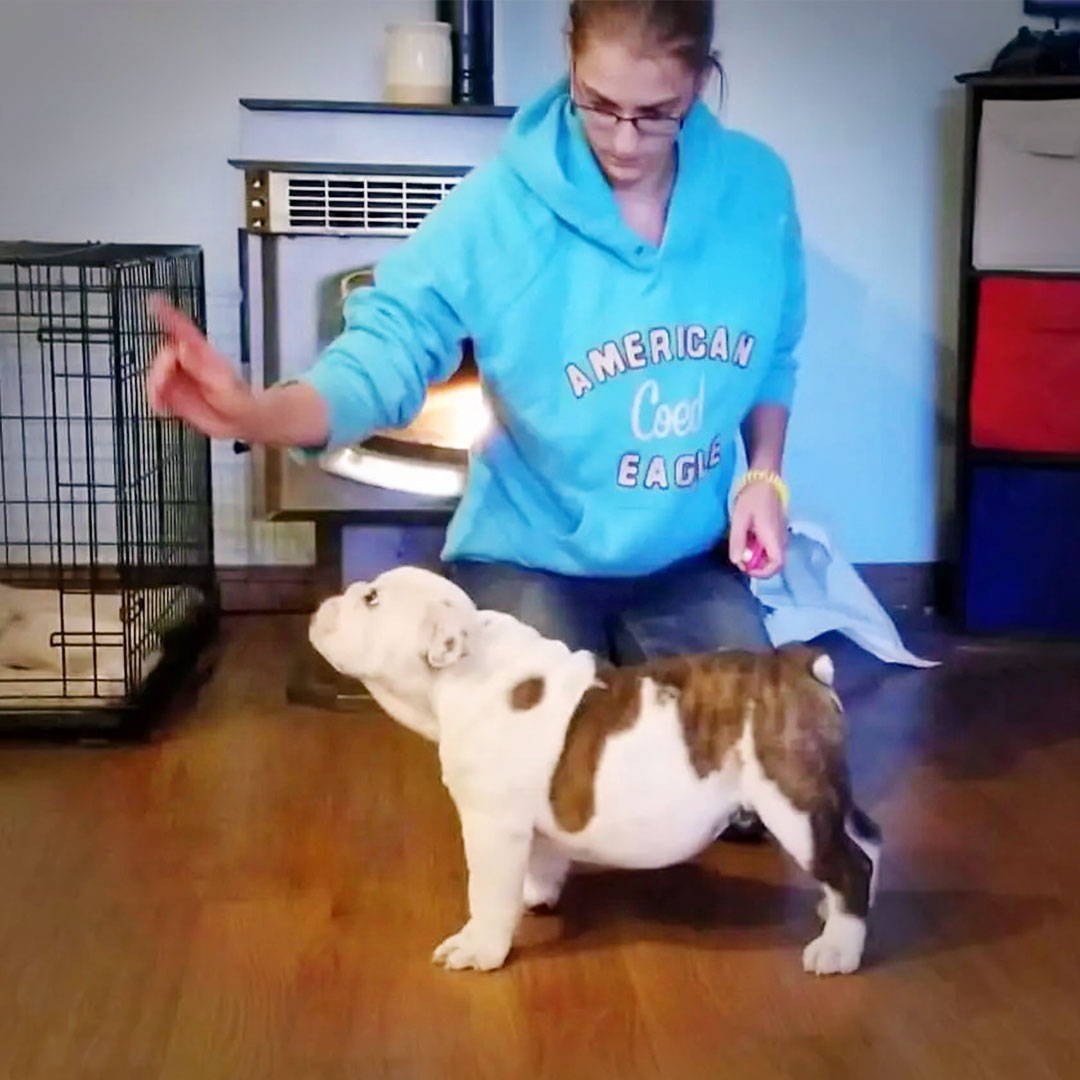
As is working on Killer Free Stacks! Thanks to Lizz Meuller for the photo.
Let's Get Away: Changing Scenes
Processing a new sensation or location can be an adventure that takes up the puppies’ entire minds and leaves no energy for in-fighting. Something as simple as a short car ride (assuming the puppies are crate trained and don’t get carsick) or a walk in a new part of the yard can settle the entire litter down nicely!
Sitting at the Grown Up Table: Nannies and Nannoes
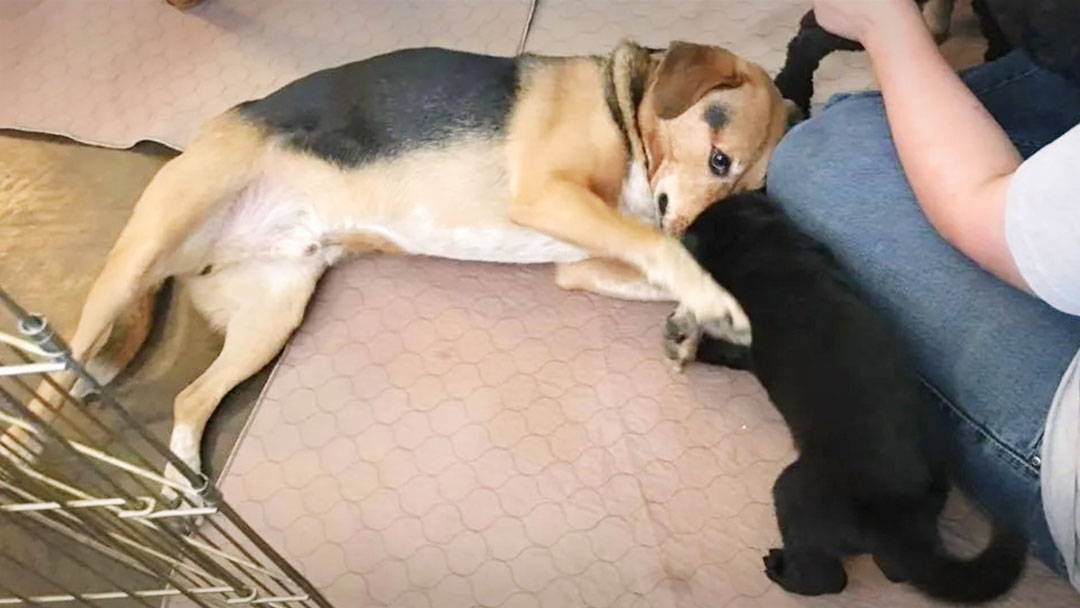
Hiro soothes an overly aroused puppy with some quiet play, modeling the calm behavior he wants the puppy to exhibit. A skilled nanny, or in this case, nanno is priceless.
If a puppy is causing a riot and I want to intercede, I might pull that puppy out and give it to the nannies (gentle and appropriate adult dogs) to play with for a while.
My nannies are plentiful and so the puppy will get passed around, cleaned, played with, and come back to the litter tired and calmer. This works well when a puppy is just not blending at that moment with the vibe of the group, but isn’t tired and needing a crate and chew. It can’t be stressed enough, that the nanny should be a skilled shaper of calm behavior!
The Big Picture
I treat my litter play rather like I would treat a puppy socialization group (which is covered so beautifully by Puppy Culture) with supervision, adjustment as needed, and a belief that not every interaction is beneficial just because those involved are of the same species. So while the puppies are going to spend most of their time together, I can rearrange the pieces a bit, as needed on a moment by moment basis with the goal of giving each puppy the best start in life I can.
I want to reiterate that some rough play, some snarking, growling, grumbling, and quarrels are a needed part of the puppy learning to communicate and receive communication and we should not be concerned about this or feel the need to intercede. But by that same token, the belief that all interactions between puppies (or dogs for that matter) are behaviorally beneficial to those involved is misguided. Sometimes our puppies might benefit from some mild rearranging of their options within the framework of the litter as a group.
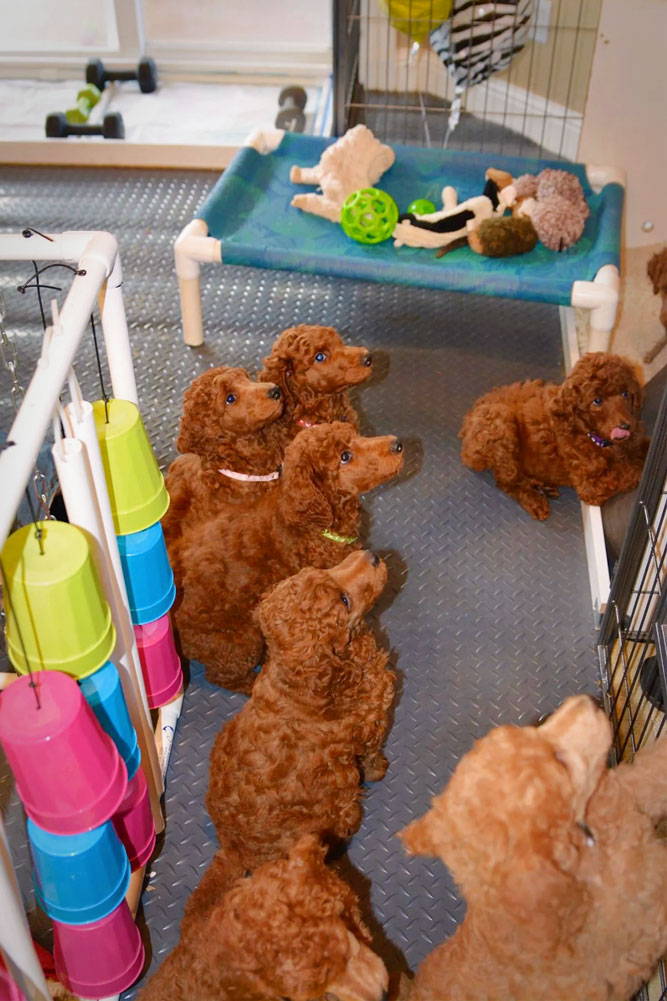
Manding decreases frustration and arousal between puppies, as this Cindy Paul photo so beautifully illustrates. Instead of jumping and bickering at the weaning pen edge, puppies can mand instead.
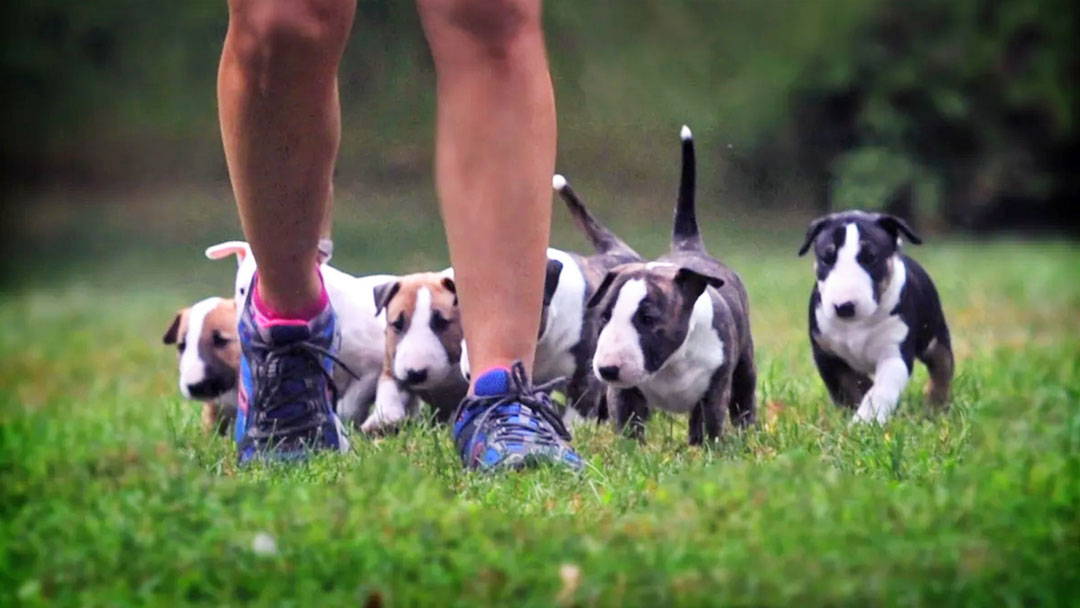
They can't fight if they're walking!
What's in a Name: Give Every Puppy a Chance
Finally, I can't stress enough how important it is not to attach labels to puppies. It’s tempting to “diagnose” puppies as “dominant,” “aggressive,” or “bullies” when they are not playing well in the group. But those labels do harm. Behavior in puppies is extremely plastic and we can change it by doing the right things at the right times.
But labels are rigid and when we label a puppy with something negative, it changes the behavior and perception of that puppy’s caregivers. We tend to stop trying with that particular puppy – instead we just roll our eyes and say, “Oh yes, that’s Ralph – he’s inappropriate.” There isn't anything more unfortunate than a puppy saddled with a label that defines how everyone views the puppy going forward. The puppy’s world, options, and behavior are doomed to suffer under the weight of this man made construct.
Every puppy deserves a chance, and I hope I’ve given you some tools to help all the puppies in your litters!
This article was originally updated on puppyculture.com in 2017
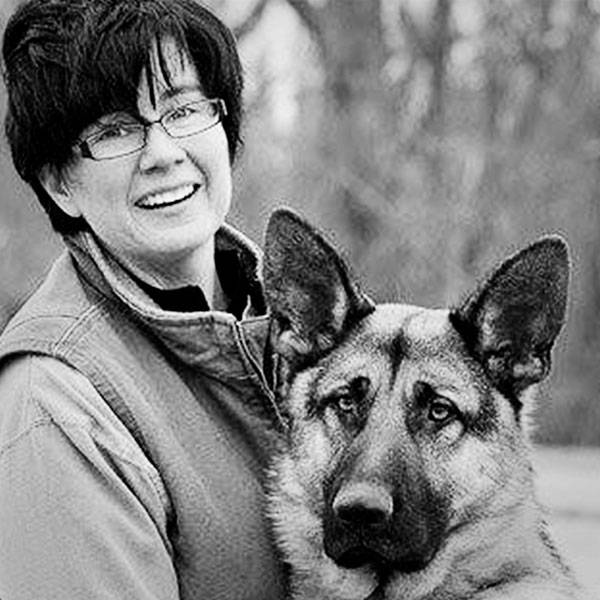
About the Author
Susanne is a legacy breeder of German Shepherd Dogs for over 25 years and an AKC Breeder of Merit.
She is a professionally credentialed trainer, breeder, and exhibitor of high in trial competitors in IGP, agility, obedience, tracking and numerous Regional Conformation Champions, and Best Breeder in Region awards and is very proud to have bred national competitors in IPO, Agility, and Obedience. Her area of focus is producing outstanding companion dogs with the potential to be wonderful working companions.
Her program places a special emphasis on producing pet friendly traits that adapt well to the demands of a modern lifestyle and she is most proud of the happiness her dogs bring their families

